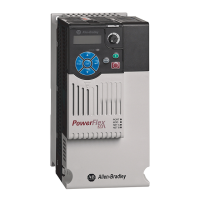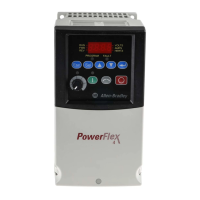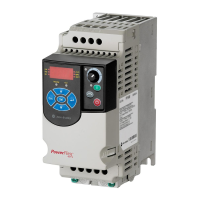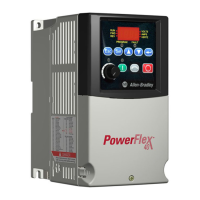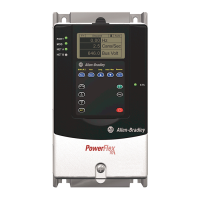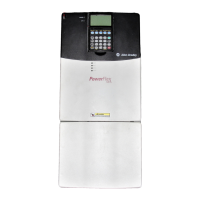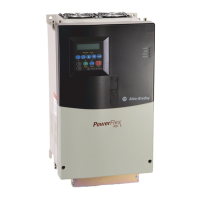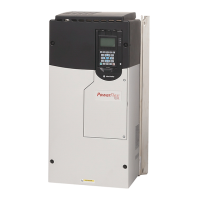Behavior models used in CIP Motion
Rockwell Automation Publication MOTION-RM003I-EN-P - February 2018 27
Acceleration Control can optionally include a Load Observer. Feeding the
Acceleration Reference into a Load Observer, along with the velocity feedback
signal, has been found to be effective in compensating for mechanical backlash,
mechanical compliance, and various load disturbances.
The Load Observer's effectiveness in this regard can be thought of as a result of the
observer adding virtual inertia to the motor. When the observer is enabled, it
functions as an inner feedback loop, like the current loop, but unlike the current
loop in that the observer's control loop includes the motor mechanics.
Due to the work of the Load Observer, variations in load inertia, mass, and even
the motor's torque/force constant can be nearly eliminated as seen by the velocity
loop. In fact, because the Load Observer includes the Acceleration Reference
signal as an input, it can provide a velocity estimate signal that has less delay than
the velocity feedback estimate generated by the actual feedback device. Thus,
applying the Load Observer's velocity estimate to the velocity loop can be used to
improve the performance of the velocity loop.
Acceleration Feedback Selection
Feedback to the Load Observer can be derived from either Feedback 1 or
Feedback 2. Which feedback source is used by the loop is governed by the
Feedback Mode. In general, the Load Observer works best when by using a high
resolution feedback device.
Acceleration and Torque Estimates
The output of the Load Observer is the Acceleration Estimate signal that is
subsequently applied to the acceleration reference summing junction. When
configured for Load Observer operation, the Acceleration Estimate signal
represents the error between the actual acceleration. The signal is seen by the
feedback device and the acceleration is estimated by the Load Observer. This is
based on an ideal model of the motor and load.
By subtracting the Acceleration Estimate signal from the output of the
Acceleration Limiter, the Load Observer is forcing the actual motor and load to
behave like the ideal model, as seen by the velocity loop. The Acceleration
Estimate signal can be seen as a dynamic measure of how much the actual motor
and load are deviating from the ideal model. Such deviations from the ideal motor
model can be modeled as torque disturbances. Scaling the Load Observer
Acceleration Estimate signal by the System Inertia results in the Load Observer
Torque Estimate signal. This signal represents an estimate of the motor torque
disturbance.
When configured for Acceleration Feedback operation, the Load Observer
Acceleration Estimate represents an acceleration feedback signal. Applying this
signal to the acceleration reference summing junction forms a closed acceleration

